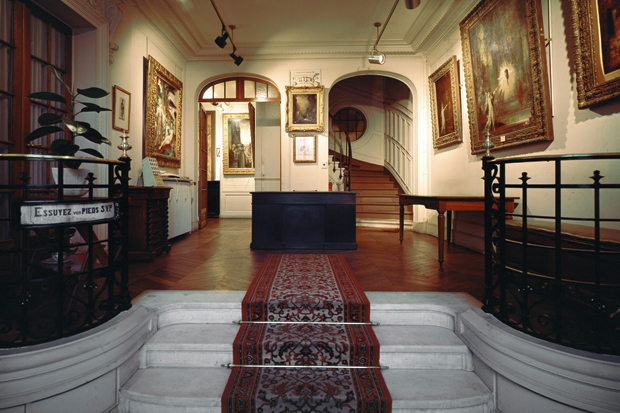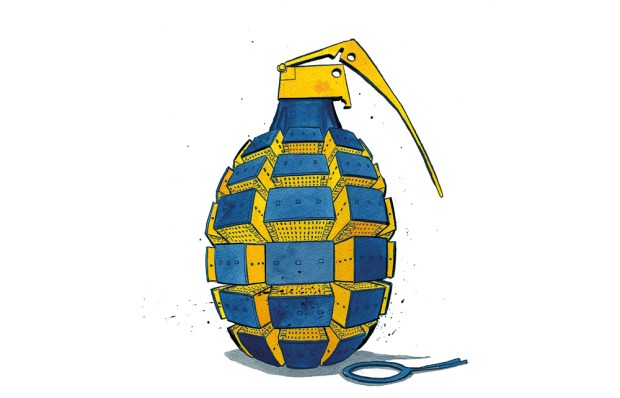It doesn’t matter how many times they expand the Louvre or the Musée d’Orsay, Paris’s past is so colossally rich that it could never be squeezed into its great public buildings. The city has instead developed its own breed of ‘house museum’ — ready-made monuments to its distinguished inhabitants.
It’s not just regular tourist stops like the Maison de Victor Hugo, either. In Montparnasse, the studios of artists Ossip Zadkine and Antoine Bourdelle display sublime sculpted figures in shaded gardens, and across the Seine from the Eiffel Tower you will find Balzac’s former village home, cramped among the Belle Époque curves and 1970s luxury towers of the 16ème. Up by the folly-flecked Parc Monceau is the Musée Nissim de Camondo, a house inhabited by a collection that eventually consumed its collector, and down in Saint-Germain the Musée Delacroix can be found, cloistered within a series of courtyards and staircases. It was here that Delacroix accomplished his monumental paintings for Saint-Sulpice. Exhausted, he never painted again.
The best house museums have applied a touch of artistic licence to their representation of the building’s earlier life. But the most meticulous projection of posterity is the Musée Gustave Moreau, a home ‘frozen in time’ according to the artist’s own design. Fearing the onset of obscurity, Moreau transformed the provincial-looking house he had shared with his mother into his ‘grande oeuvre’.
Equally idiosyncratic is the Musée de la Vie Romantique, a stone’s throw from the seamy stretch of the Pigalle. A tree-lined path leads towards a 19th-century Italianate villa, the former home of the painter Ary Scheffer. It is now dedicated to key figures of Parisian romanticism — most notably George Sand. While its exterior couldn’t be more picture-perfect (most people head directly to the garden tea rooms), the interiors appear to celebrate all that was in the worst taste about Romanticism. There are some truly terrible paintings, and the visitor listens to piped-in Chopin and the distant hum of a vacuum cleaner. Funnily enough, this house museum perfectly expresses the reality of the 19th-century Romantic — aspiring towards truth and beauty but often slipping into the mundane.
Got something to add? Join the discussion and comment below.
Get 10 issues for just $10
Subscribe to The Spectator Australia today for the next 10 magazine issues, plus full online access, for just $10.
You might disagree with half of it, but you’ll enjoy reading all of it. Try your first month for free, then just $2 a week for the remainder of your first year.














Comments
Don't miss out
Join the conversation with other Spectator Australia readers. Subscribe to leave a comment.
SUBSCRIBEAlready a subscriber? Log in